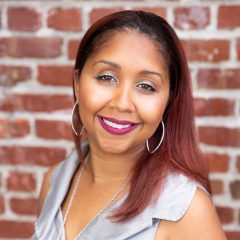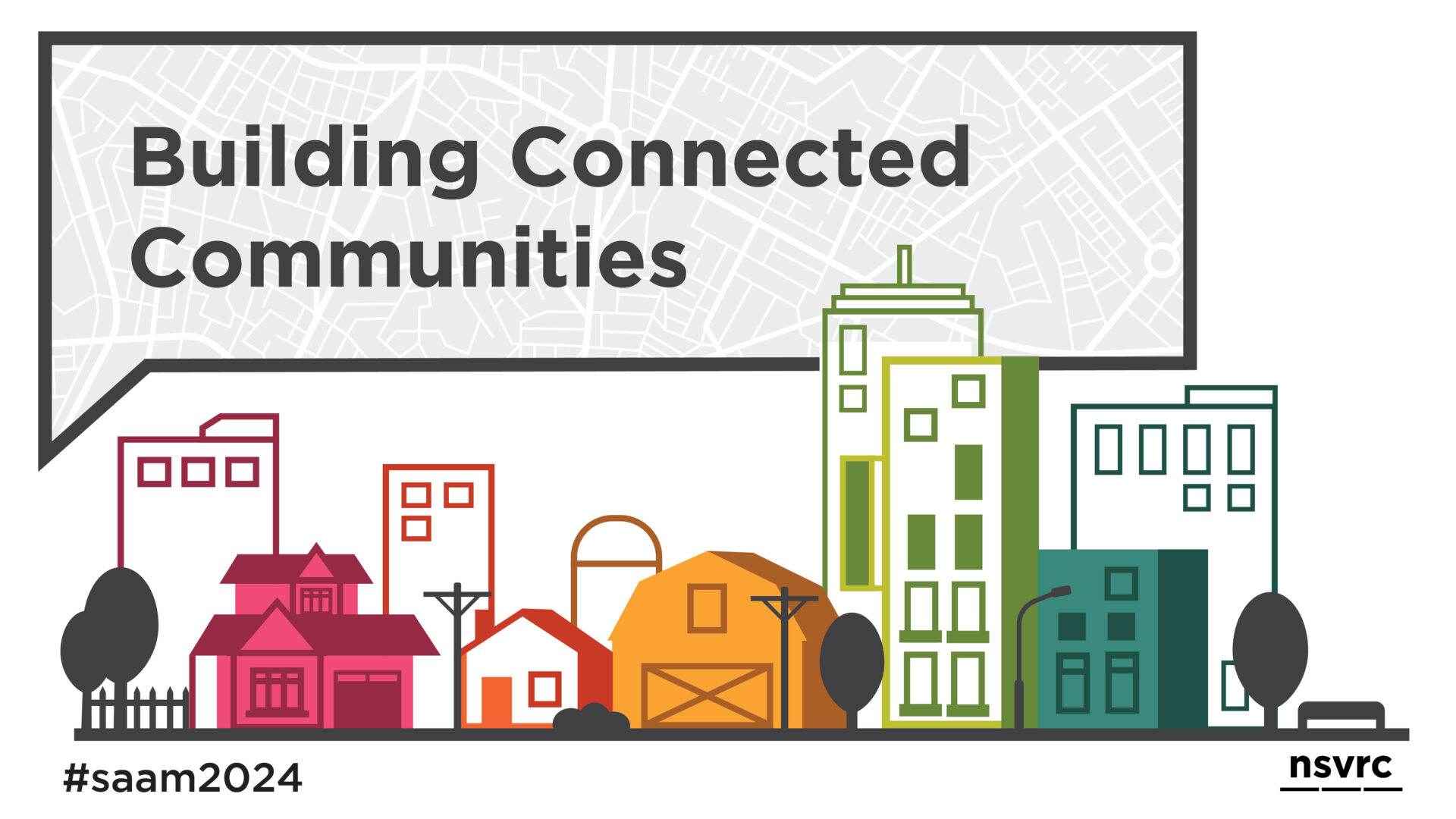In the 15 years, three months, and eight days I was imprisoned, I never thought correctional officers could offer human kindness. Even as a freed woman visiting California’s prison facilities, I didn’t realize there could be another way than a system focused solely on punishment, delivered in large part by humiliating people.
Then earlier this fall, I traveled to Finland and Norway as part of a learning exchange organized by Impact Justice. The trip showed that my experience in prison could have been radically different. My heart shattered for what could have been.
I saw Scandinavian correctional officers had a different look in their eyes than their American counterparts. There was a softness I had never seen before. I learned correctional officers in Norway undergo two years of special training before actually working in a prison. During their training, they deeply question the appropriate limits of the power they hold over others. They hone their communication skills, their ability to resolve conflict without resorting to force, and their potential to actually help people. Norwegian correctional officers identify as social workers. Compare that with correctional officers in California who receive just 16 weeks of training in which they are taught to conduct body searches, inspect cells for contraband, and physically subdue inmates.

The training for officers reflects a broader philosophy in both Norway and Finland where incarcerated people continue to be embraced as contributing members of society. They retain their fundamental human rights, including the right to vote. They also have access to the same high-quality education and medical and mental health care as free people. One Norweigian correctional officer said, “If you treat someone like a monster, they’ll behave like a monster.”
These words resonated with me. I was 18 years old when I was sent to the Central California Women’s Facility in Chowchilla, California, a hardcore maximum security facility. There, I was always reminded that I was a monster and I dutifully wore my scarlet letter. In truth, I was an immature teenager whose deep need to please and be accepted by others led me to ignore the warning signs that could have saved someone’s life. I had a lot to learn and a huge debt to pay, but being treated as less than human didn’t help me grow or accept responsibility for my past actions.
It was only after eight years of being told I was nothing that I began searching for ways to love myself and become more than my past mistakes. It wasn’t the California prison system that helped me get to this place. Instead, I arrived there through serving my community of incarcerated women and learning from others who managed to love and heal themselves amidst a sea of brokenness. I began to accept this group as my own and want more for my life, for our lives. This is when my rehabilitation began in earnest.
Most people who’ve committed serious crimes have learned to view unhealthy, destructive behavior as normal; it’s often a response to trauma. And arguably everyone who commits a serious violent crime is haunted by internal demons. Shunning people only further hardens and traumatizes them, making it more likely they will keep rejecting societal norms and continue to fuel cycles of harm that afflict the larger community.
While we have to hold people accountable for their grave mistakes, we also have to nurture them. Nurturing is the path to real accountability and lasting change. People need time, resources, patience, and opportunities to learn new ways of thinking and behaving. They need to learn how to love themselves so that they can love others. Genuine correctional systems like the ones I saw in Scandinavia teach people how to make different choices, train people in skills they lack, and provide appropriate therapies and other interventions that work. By responding to harm with humanity, we can help individuals change their lives for the better and contribute to a healthy society.
Before our trip to Finland and Norway, I didn’t think it was possible for us, in the United States and California, to make these radical cultural and political shifts. But we are already seeing big changes in local, state, and federal policies. There is a growing national movement of progressive prosecutors who are helping to keep communities safe without relying on mass incarceration. In California, Gov. Gavin Newsom recently signed 25 bills to keep reforming the state’s justice system. In my home turf of Alameda County, Board Supervisor Scott Haggerty, who traveled with us to Scandinavia, is committed to drastically reducing the number of kids being placed in custody. And here at Impact Justice, we are working to use restorative justice as an alternative to the current prosecution system.
I am now more resolute than ever to help create the changes necessary to offer humanity not vengeance to people who’ve caused harm. Policymakers, researchers, philanthropists, and grassroots leaders can all work together to create the profound cultural and political shifts required to make this radical shift. I know from experience how necessary it is for the millions of people still incarcerated in our country. I also know for our society, it’s essential to heal the deep wounds left by the effects of mass incarceration.
Open Prisons
Just under half of Finland’s prisons are open facilities, meaning incarcerated people are able to travel off-site for work and school. Even in closed prisons, there are opportunities for them to leave and spend time with their families.
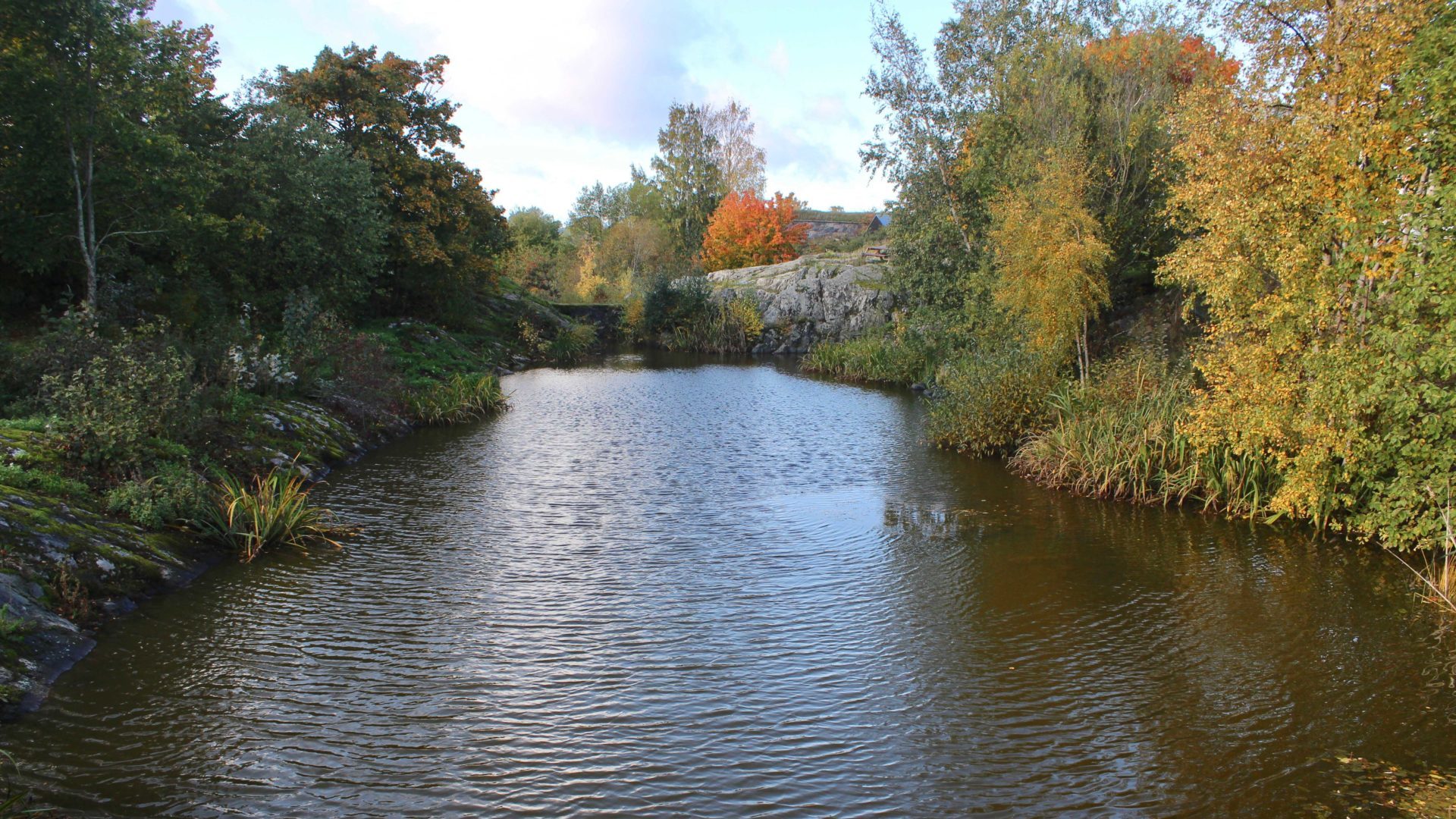
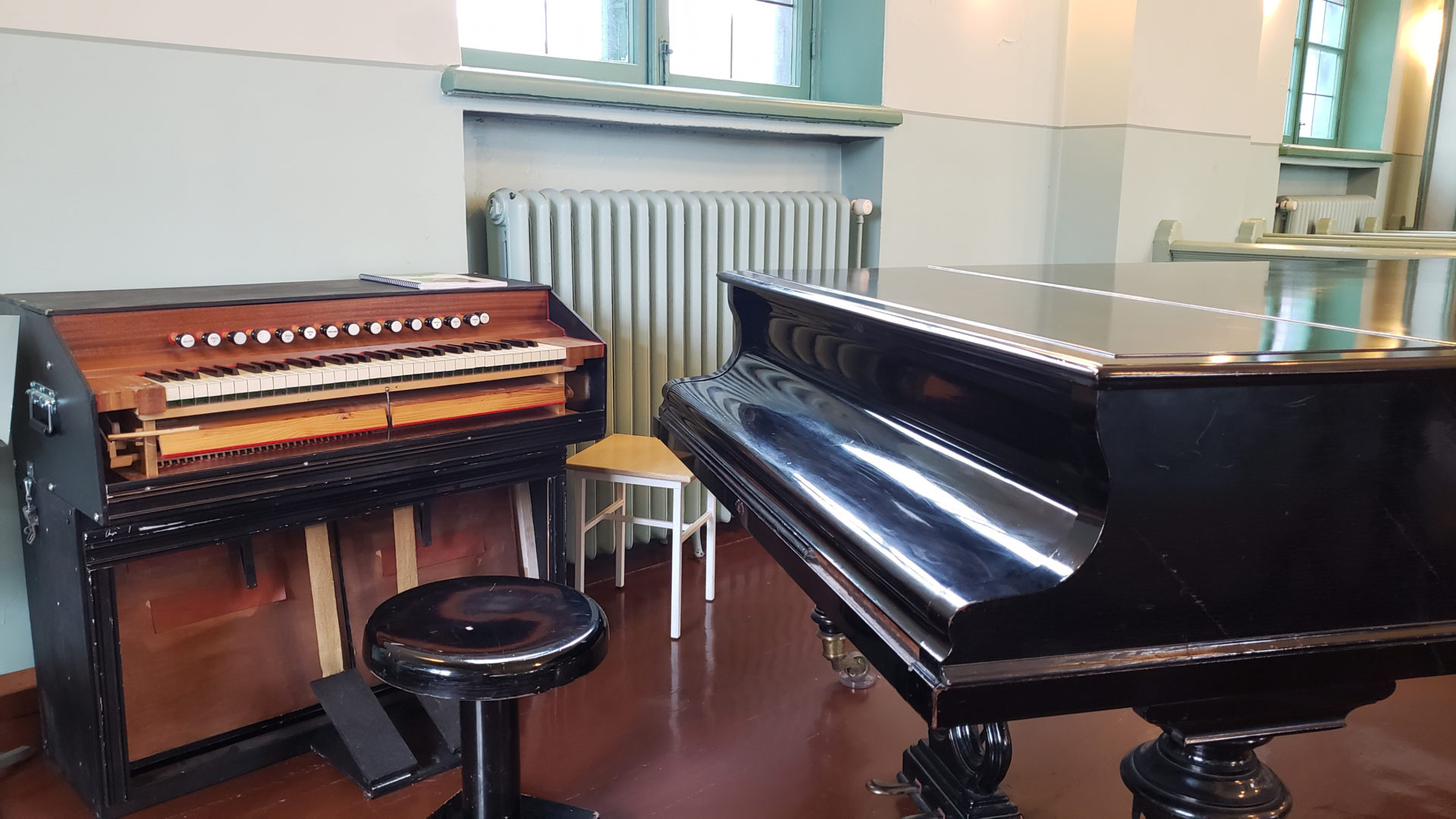
Juvenile Justice
In a country of 5.5 million people, there are only four youth currently incarcerated in all of Finland, all between the ages of 15 and 17. Children under 15 can not be charged with a crime.
Respect & Humanity
The architecture and design of Helsinki Prison is fairly traditional on the surface. What sets it apart from U.S. carceral institutions is the culture of confinement.

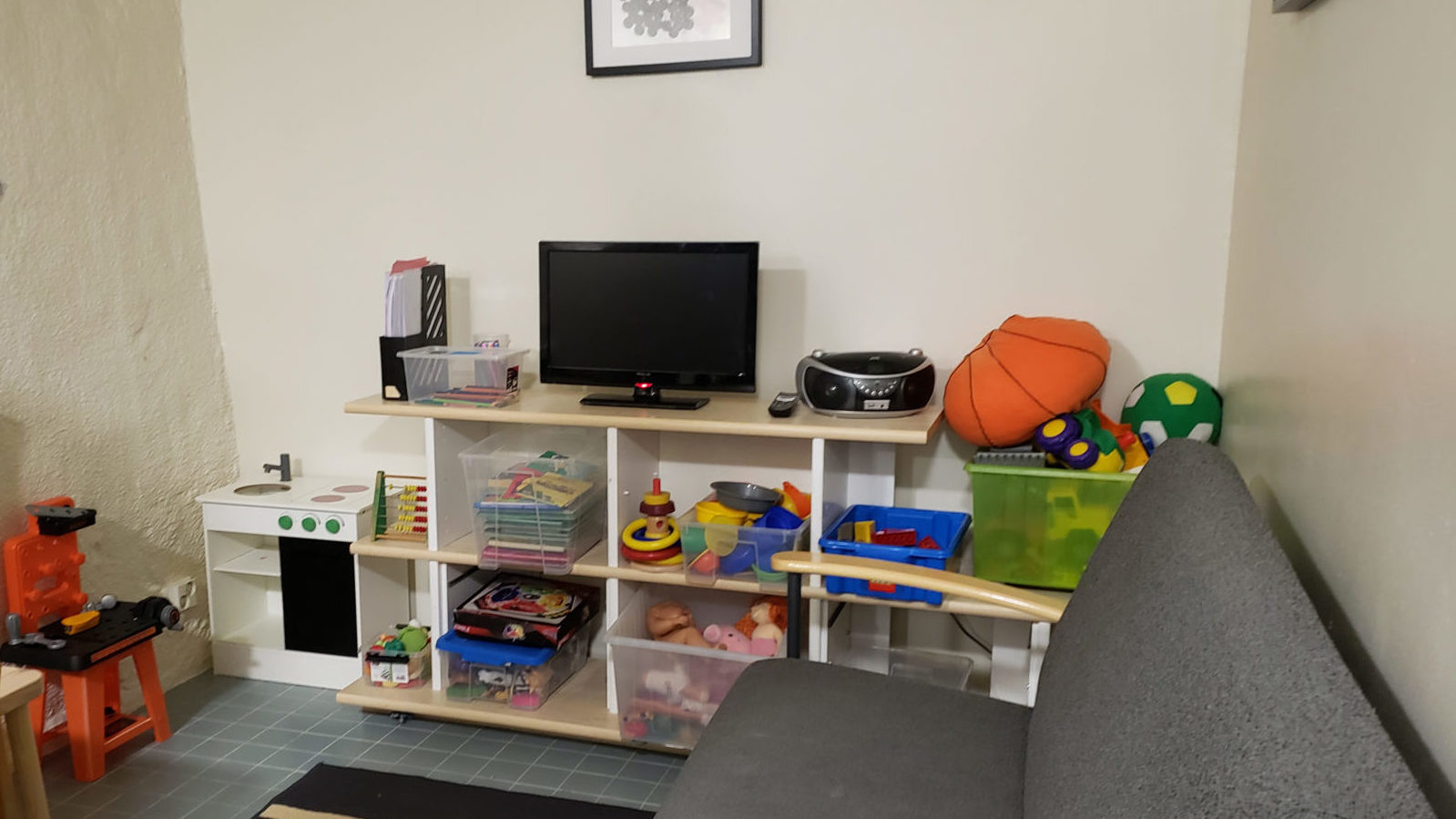
Social Safety
The strength of the welfare state in countries like Finland and Norway supports and sustains this model of criminal justice. Education, health care, economic security–even parental support–are all addressed through robust social programs.
